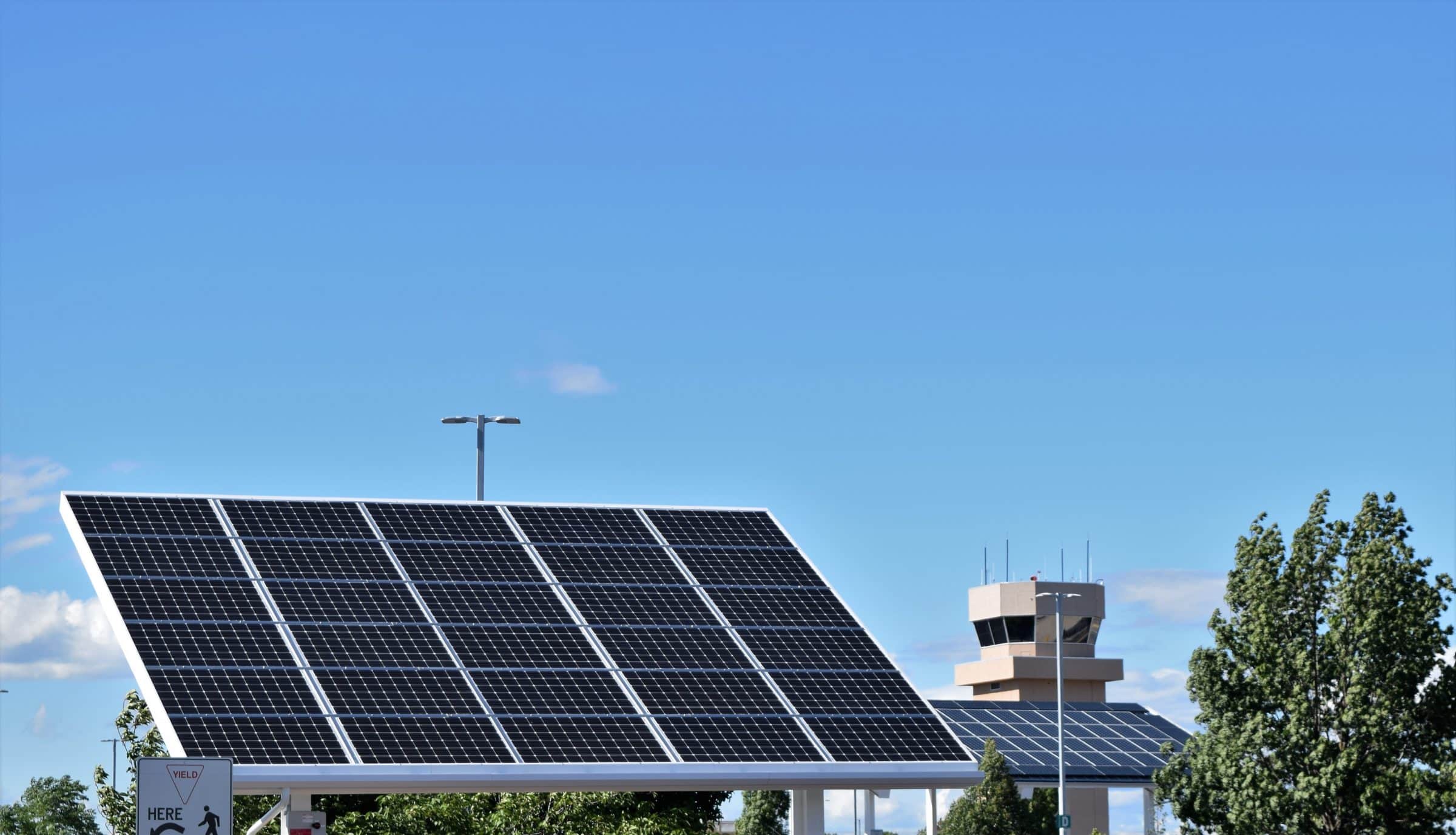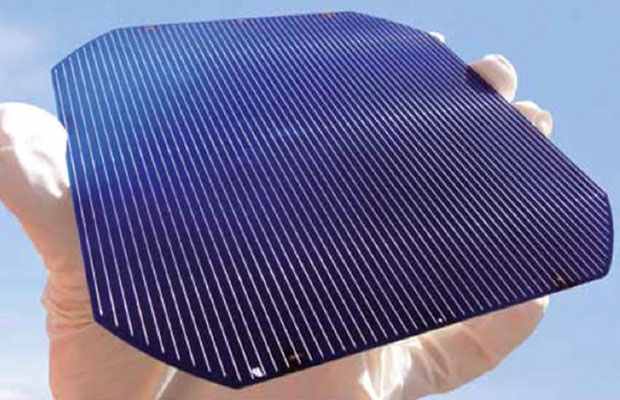

#ALL BACK CONTACT SOLARCELL HOW TO#
Here’s how to calculate the power the solar cell delivers to the motor: The power of a solar cell is the product of the voltage across the solar cell times the current through the solar cell. In our experiment, the solar cell and motor had V = 1.1 volts and I = 0.11 amps. This arrangement is referred to as having the meter in series. Then set the multimeter to measure current, and connect it in a single loop with the motor and solar cell (see photo below). This array of connections is called a parallel circuit (see photo below).

Measure the voltage across the motor as it runs at maximum speed by connecting the meter as you did in Investigation 1 while leaving the motor connected. (Be careful not to shade the solar cell as you hold it.) Notice that the motor speed is greatest when the solar cell is oriented perpendicular to a line from the sun to the solar cell. Tilt the solar cell to maximize motor speed, and then tilt it away from its maximum orientation. (The photos below show the front and back of the solar cell so you can see the connections.) Flip the solar cell face-up and notice how the motor shaft spins when it’s in the sun. Make sure the motor still spins freely with the masking tape in place.Ĭonnect the two terminals of the solar cell to the two terminals of the electric motor. To investigate a solar-powered motor, put a piece of masking tape on the shaft of the electric motor so it creates a tiny flag (see photo below). In the image below, we again show the connections on the back of the solar cell.
#ALL BACK CONTACT SOLARCELL FULL#
In our setup, the solar cell measured I sc = 0.48 amps in full sunlight (your results may vary). Like a wire, an ammeter has very low resistance, so will register a measurement similar to a short circuit. This is called the short-circuit current, or I sc. The maximum current that a solar cell can produce occurs when a wire is connected across the terminals. If that’s the case, you’ll need to move the input lead to that terminal.) (Note that there may be a separate terminal for measuring amperes. Then, use a black clip lead to connect the common (COM) terminal of the meter to the negative terminal of the solar cell.

Use a red clip lead to connect the positive terminal of the meter to the positive terminal of the solar cell. In our setup, the reading of 0.16 volts shows what happens when almost no light reaches the collectors.įlip the solar cell face-up again so the light hits it directly, and set the meter to “DC amperes” on a scale that will measure a few amperes of electrical current. The solar cell measured for the setup shown below, for example, had a V oc = 1.2 volts in full sunlight.įlip over the solar cell (see photo below), and watch what happens to the meter reading. Tilt the solar cell in sunlight or lamplight and notice how the V oc changes. Since no current flows through a perfect voltmeter, a voltmeter measures the open circuit’s voltage. This is the voltage when no current is flowing through the cell. Measure the open circuit voltage ( V oc) across the solar cell. Then use the black clip lead to connect the common (COM) terminal of the meter to the negative terminal of the solar cell (see photos below). Using the red clip lead, connect the positive terminal of the meter to the positive terminal of the solar cell. Working outside, in a sunny place (or indoors, under a 100-watt incandescent bulb), set the multimeter to the DC voltage scale so it can measure a few volts.


 0 kommentar(er)
0 kommentar(er)
